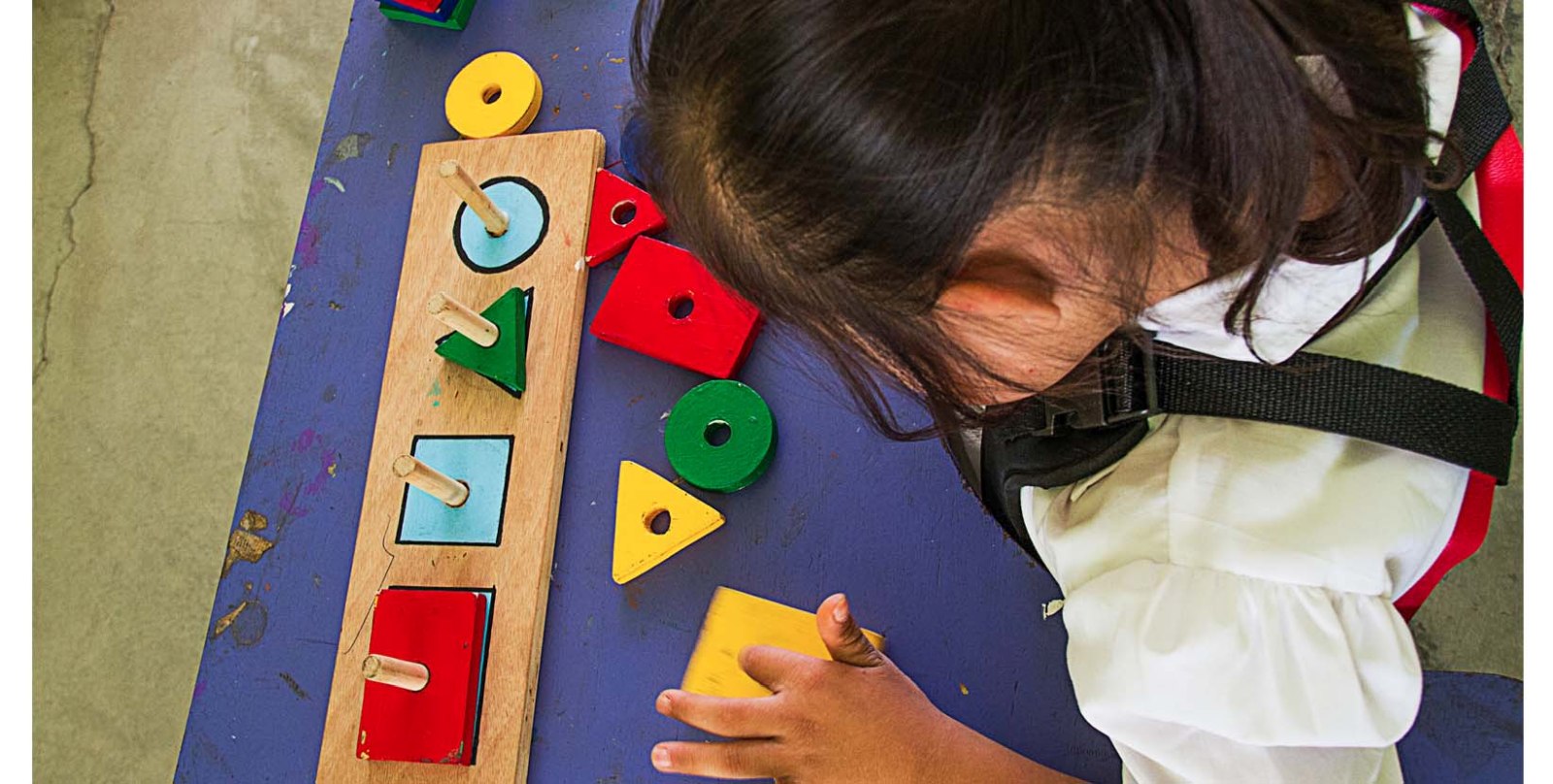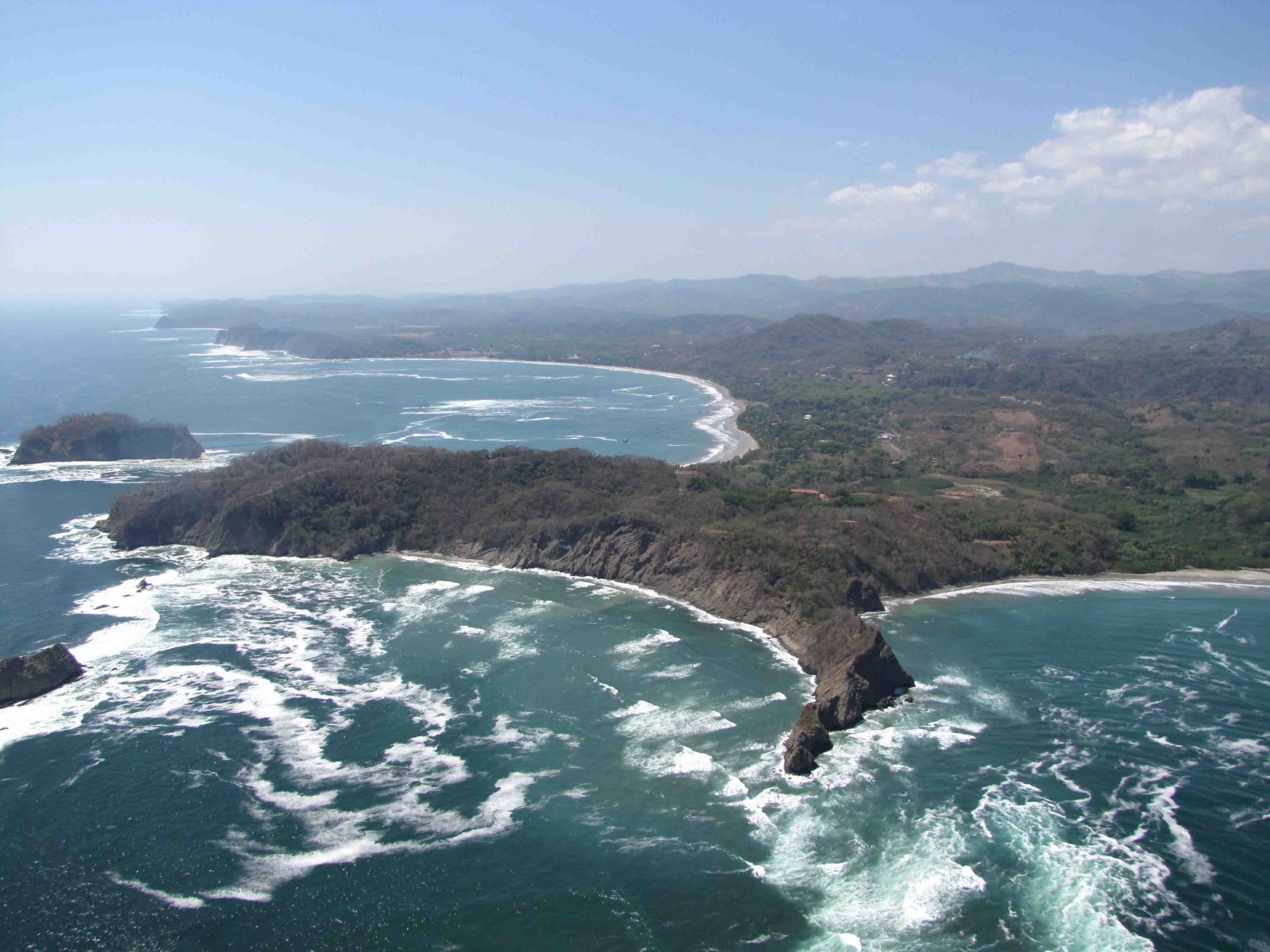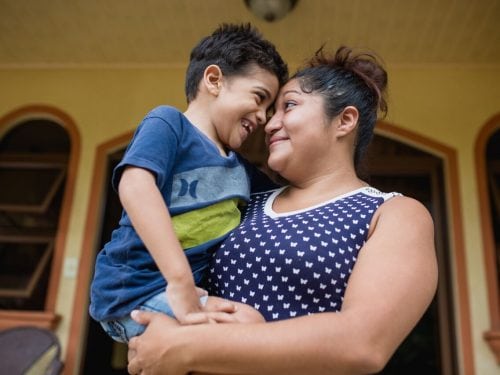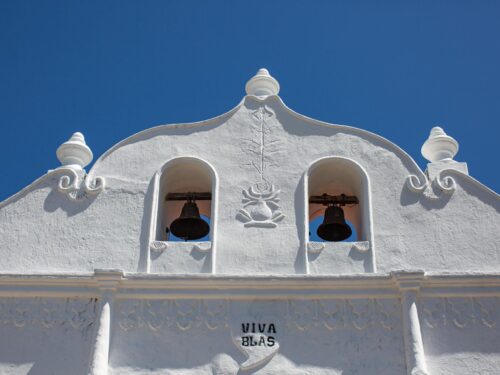
There is no Special Education School in the Nicoya canton. If a child suffers disabilities such as impaired motor skills, physical problems or attention deficit disorder, it is very probable that he or she will have to attend the local school and receive “special attention service,” which includes language and physical therapy, among other elements. Despite efforts by the Ministry of Public Education (MEP) to attend to the needs of those children, there are still unfilled gaps.
In the city of Nicoya, for example, Rosaura Gonzalez, Assessor for Special Education at MEP, explained that one of the big shortcomings of the special education system is the lack of early education and attention at the preschool age, since the legal requirement is for integrated classrooms to start at the elementary level. Gonzalez recognized that early education prepares students for higher levels. “The children enter (school) lacking appropriate basic behavior skills because they haven’t been helped, and that makes the work difficult.”
Other shortcomings include the lack of occupational therapy specialists and the long distances that students have to travel to integrated classrooms. “Samara children have to go to Nicoya because we haven’t been able to open a special needs class there, due to the fact that the number of students with disabilities is small,” said Gonzalez. In Nicoya there are only two schools with integrated classrooms: Leonidas Briceño and the Los Angeles neighborhood school. According to Gonzalez, a request has been made to open the way for an integrated classroom to be established in Nosara.
Special case
The community of La Esperanza is located an hour and a half from downtown Nicoya, some 22 kilometers away. A six-year-old boy named Jeferson Duarte lives there. According to a medical diagnosis, he suffers from dimorphism and encephalopathy due to hypoxia, which inhibited his psychomotor development. La Esperanza is a place with limited access, as buses travel between there and Nicoya only on Mondays and Fridays, making two trips during the day.
According to Jineth Ramos, his mother, the boy is receiving special attention at Leonidas Briceño School, which is the only school where early stimulation is given. “We have been taking him to Leonidas School for four years; we go every Friday because on that day there are two bus trips to Nicoya. In Leonidas School they give him language therapy, physical therapy, and early stimulation. He (Jeferson) doesn’t speak well and can’t coordinate the movement of his extremities well.”
Ramos explains that traveling is very difficult: “It’s hard because he weighs a lot; it’s about two kilometers to the bus stop. Also, the bus doesn’t have ramps and it is difficult to get him on in his wheelchair.”
Despite the shortcomings of the traditional schools of the educational system, Gonzalez believes that creating a Special Education School in Nicoya would be a step backwards because, according to her, the issue is not about creating specialized centers, but instead bringing those services to the regular classroom. “Children with disabilities have the right to be in an unrestricted environment. That makes it necessary to provide them attention and basic help in the classroom.”
In contradiction to Gonzalez’s statement, Erika Cambronero, director of the Liberia Special Education School, the only one like it in Guanacaste, believes that “MEP’s idea is that special children should be integrated more into regular classrooms and fewer should go to special education schools, but that is a long way off from reality. Here (at the Liberia school) we have students that will never be able to join the regular system, no matter how many adjustments are made, because there are cases where students should receive attention at a special education school and there is no denying it. Inclusion and integration are nice but it is not possible in every case.”
Cambronero explained that the special education centers are so important that enrollment increases every year at her school. “If the special education centers weren’t necessary they would have been closed. Just last year we opened nine new classes, which means we have formed three new groups. And we aren’t aware of many children’s cases; due to the distance or other reasons they haven’t been able to join the school system.”
The Liberia Special Education School was founded in 1973 in the Moracia neighborhood of that city. The school serves 150 students from Cañas, Santa Cruz, Carrillo, La Cruz, Liberia and even Upala (in the Alajuela province) from the preparatory level to the end of high school.
While in Nicoya there are no plans to create a special education center, Liberia recently approved ₡1,400 million ($2.8 million) to build the new physical plant at the Special Education School, which will be located in the Corazon de Jesus neighborhood. The commitment was signed recently by President Laura Chinchilla Miranda and Leonardo Garnier, Minister of Education. Cambronero said that the full amount has already been deposited and that only health and environmental permits are needed before construction can begin.







Comments